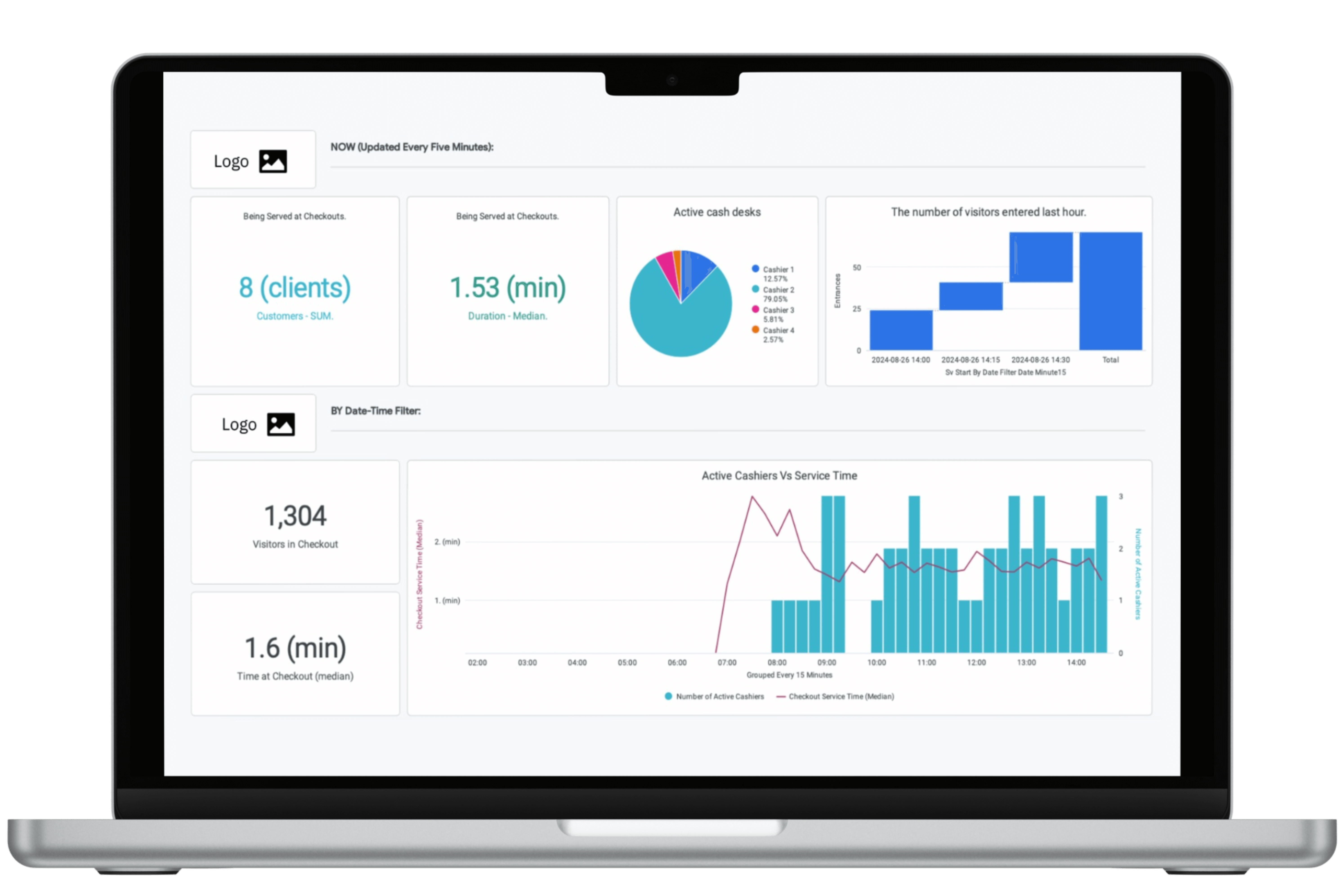Smart Retail Solution
Transforming Retail Spaces with
Digital Intelligence
Revolutionize your retail environment with Juganu’s state-of-the-art platform. Seamlessly replace existing lighting fixtures with Juganu’s all-in-one integrated wireless fixtures to digitize your space, transforming it into a smart environment, enhancing customer experience and operational efficiency while prioritizes privacy and sustainability. Create a captivating, personalized shopping journey from the moment customers enter your parking lot to their time inside the store. Minimize queue times, optimize your store layout, enhance product placements, and deliver targeted promotions. Boost your operational efficiency with real-time shelves tracking, insightful store performance analysis, and advanced AI-driven security.

